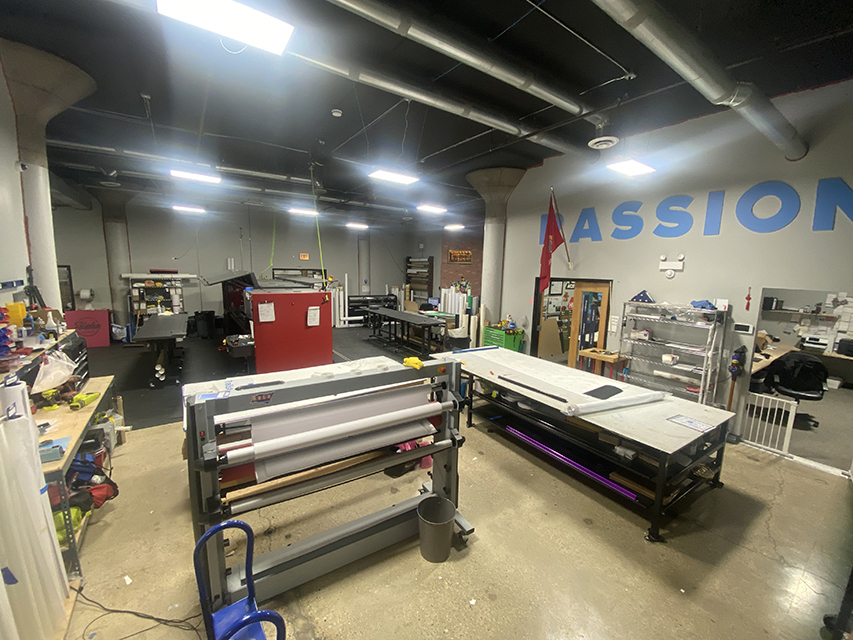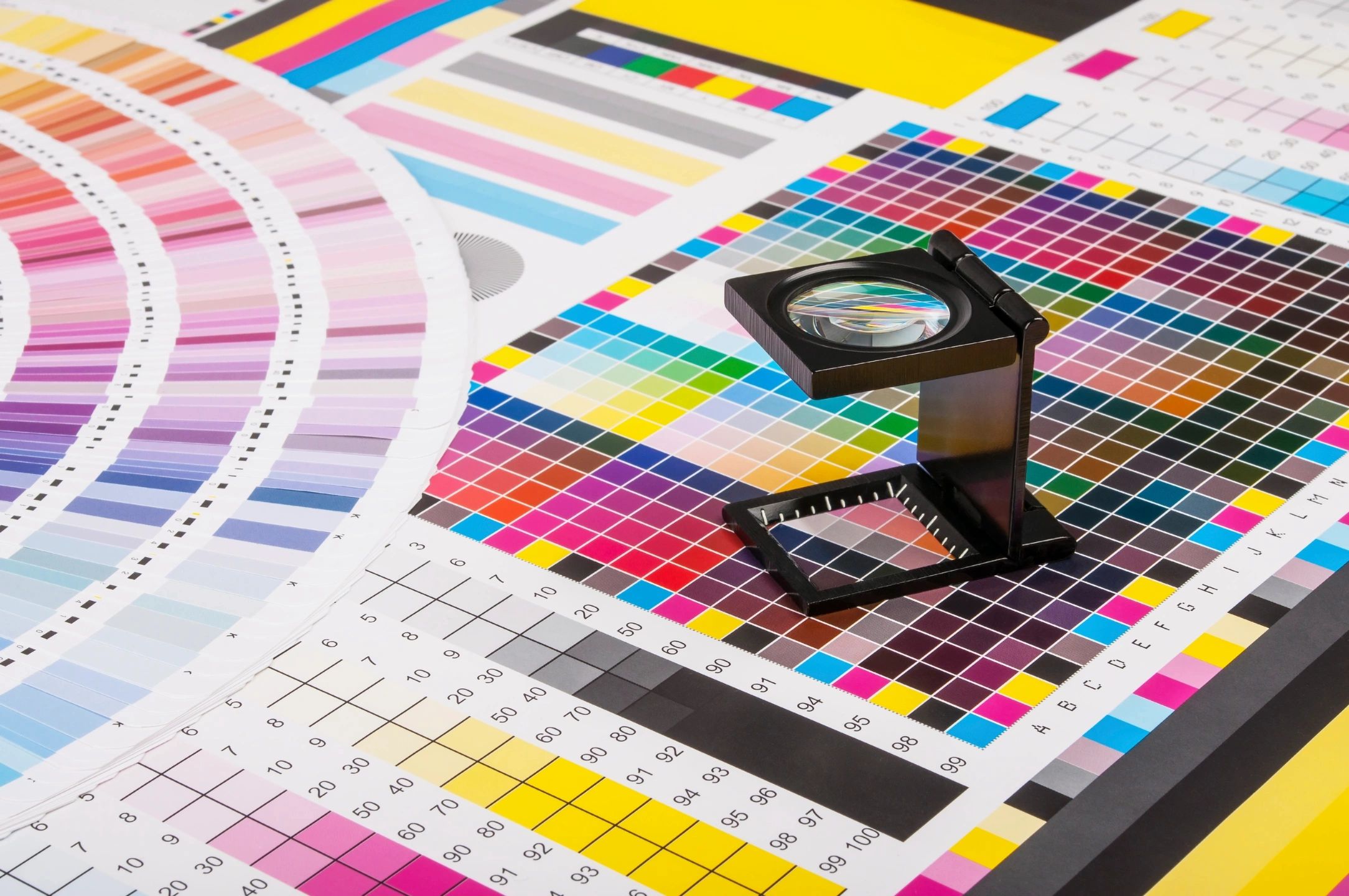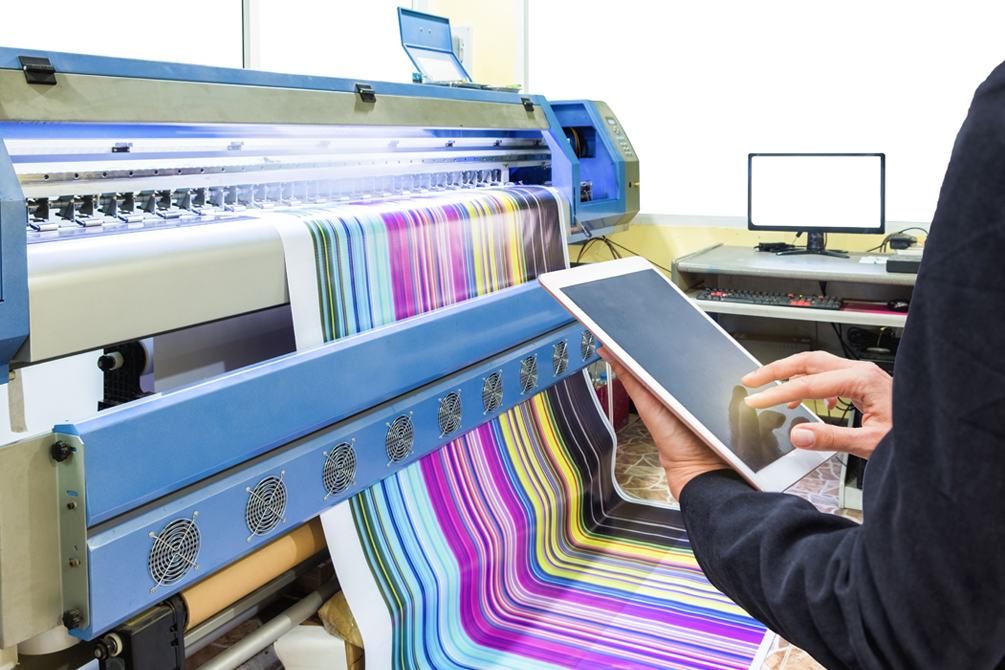3 Types of Printing Every Print Shop Near Me Should Offer
3 Types of Printing Every Print Shop Near Me Should Offer
Blog Article
The Ultimate Guide to Using Printing Providers for Customized Art Prints
Steering through the world of customized art prints calls for a clear understanding of different printing solutions. Artists must think about elements such as printing strategies and products to achieve the wanted end result. Each decision, from art work prep work to color calibration, plays an essential duty in the final item. As they discover these components, artists can expose the capacity for their job to get in touch with target markets in a meaningful method. What steps can they require to guarantee their prints attract attention?
Recognizing Different Sorts Of Printing Services
Although lots of people may ignore the intricacies of printing services, recognizing the numerous types available is crucial for anybody aiming to develop custom-made art prints. One of the most usual kinds consist of electronic printing, counter printing, and screen printing. Digital printing is favored for its quick turnaround and ability to create high-quality images directly from digital files, making it excellent for small runs. On the other hand, offset printing deals superior photo top quality and is cost-efficient for bigger amounts, using plates to move ink onto paper. Display printing, frequently used for textiles and advertising things, entails pressing ink via a mesh screen, enabling vivid shades and appearances. Each approach has its special benefits and constraints, making it crucial for artists and developers to evaluate their particular needs, such as amount, wanted high quality, and budget plan, before selecting a printing service that lines up with their artistic vision.
Choosing the Right Products for Your Prints
Choosing the suitable materials is essential for accomplishing high-grade custom-made art prints. Comprehending the various sorts of paper and the value of ink high quality can significantly influence the result. Artists have to think about these factors to ensure their vision is precisely stood for in the printed item.
Paper Kind Explained
Selecting the right paper kind is important for attaining the preferred aesthetic and durability in custom-made art prints. Various alternatives exist, each offering unique attributes. For example, glossy paper boosts color vibrancy and detail, making it suitable for photography prints. On the other hand, matte paper gives a softer surface, which is more suitable for art work that needs nuance and texture. Art paper, often made from cotton or alpha cellulose, provides historical quality and appropriates for reproducing complex information in paints (Print Shop Near Me). Additionally, specialty documents, such as watercolor or canvas, can include distinct aesthetic impacts. Inevitably, selecting the proper paper kind will greatly influence the last discussion, guaranteeing that the artwork is both aesthetically attractive and durable
Ink Quality Matters
Ink high quality plays an important function in the general success of custom-made art prints. High-quality inks ensure vibrant colors, sharp details, and longevity, which are essential for showcasing creative job. When selecting printing services, musicians should think about pigment-based inks over dye-based choices, as they provide better discolor resistance and shade security. In addition, the selection of ink must match the picked paper kind, boosting the print's aesthetic effect. Ecological factors, such as moisture and temperature level, can likewise impact ink performance; therefore, musicians must inquire about ink formulations that withstand these components. Inevitably, purchasing premium ink top quality can raise the end product, guaranteeing that the art print holds to the artist's vision for years to find.
Exploring Printing Strategies: Digital vs. Typical
While both digital and traditional printing strategies have their unique advantages, the choice on which technique to make use of commonly pivots on the certain requirements of the artwork. Digital printing excels in versatility and speed, enabling fast turnaround times and the capacity to print as needed. This approach is specifically advantageous for artists who require unique items or small runs, as it gets rid of the demand for extensive configuration processes.Conversely, conventional printing techniques, such as lithography and display printing, typically generate richer appearances and colors, attracting musicians looking for a more responsive and genuine finish. These techniques can boost the depth and top quality of the artwork, making them appropriate for bigger versions. Furthermore, traditional methods may supply a distinct aesthetic that electronic printing in some cases has a hard time to reproduce. Ultimately, the option in between these techniques must take into consideration elements like wanted high quality, quantity, and artistic intent, assisting artists to one of the most appropriate option for their jobs.

Preparing Your Art Work for Printing
Effectively preparing art work for printing needs mindful attention to detail, no matter the picked printing strategy. Musicians have to ensure that their files are produced at the proper resolution, typically 300 DPI, to maintain sharpness and clarity. The appropriate color mode, normally CMYK for print, is crucial to attain the wanted shade accuracy. Artists ought to likewise take into consideration the measurements of the art work, seeing to it to include bleed areas if needed, to prevent any type of undesirable white sides after trimming.Additionally, file formats play a crucial duty; TIFF and PDF are frequently favored for top notch prints. Before entry, it's essential to review the artwork for any blemishes or undesirable components. By thoroughly inspecting these facets, artists can improve the have a peek at this website likelihood of their prints aligning with their innovative vision, ultimately resulting in a successful printing result.
The Significance of Color Calibration and Proofing
Color calibration and proofing are essential steps in the printing process, as they assure that the final output properly shows the artist's vision. Correct shade calibration assurances that the colors showed on the screen suit those that will certainly be printed. This process includes readjusting the screen settings, printer profiles, and inks to achieve a constant color representation.Additionally, proofing enables musicians about his to preview their job before the last print run. This stage allows them to discover and correct any kind of disparities in color, saturation, or information, thereby minimizing pricey errors. By using digital or hard-copy proofs, musicians can make informed choices regarding changes required for ideal results.Incorporating shade calibration and proofing into the printing process not just enhances the high quality of the end product yet also promotes a trusted partnership in between the printing and the musician solution, guaranteeing contentment and fidelity to the original artwork.
Choosing the Perfect Dimension and Format for Your Prints

Advertising and Marketing Your Custom-made Art Prints
Marketing and marketing customized art prints requires a solid brand identification to stick out in an open market. Reliable on the internet promo techniques and the critical use of social media sites systems can greatly improve presence and engagement. By integrating these elements, artists can develop an engaging presence that draws in prospective buyers.
Structure Your Brand Identity
Establishing a strong brand identity is essential for artists seeking to successfully market and offer their custom-made art prints. This identification encompasses the artist's unique style, worths, and story, which resonate with prospective purchasers. Musicians must develop a natural aesthetic visibility throughout all systems, including logo designs, color design, and typography that show their creative vision. Furthermore, a clear objective statement assists interact the artist's purpose and passion. Engaging storytelling about the inspiration behind each item can cultivate psychological links with the target market. Consistency in messaging, whether on social media sites or product packaging, improves recognition and count on. By thoroughly curating their brand identity, artists can differentiate themselves in an affordable market, bring in devoted clients who appreciate their virtuosity.
Reliable Online Promotion Methods
What techniques can artists use to effectively advertise their personalized art publishes online? First, developing a specialist web site showcasing the artwork is important. This site needs to include thorough descriptions and top quality photos to engage possible purchasers. Additionally, musicians can utilize e-mail advertising by building a customer list to share updates, promos, and new launches. Collaborating with blog writers and influencers in the art community can broaden reach and credibility. Using exclusive pieces or limited-time discount rates can also produce seriousness, motivating acquisitions. Furthermore, maximizing material for internet search engine with pertinent key phrases will enhance presence. Preserving a blog site concerning the artistic process can draw in art enthusiasts, fostering a much deeper connection with the target market and boosting the overall advertising approach.
Using Social Media Site Operatings Systems
Social media platforms offer as powerful tools for musicians wanting to market and market their custom-made art prints. By leveraging platforms like Instagram, Facebook, and Pinterest, artists can showcase their work to a huge target market. Involving visuals and strategic hashtags can enhance presence, drawing prospective customers to their accounts. On a regular basis publishing material, such as brand-new styles or behind-the-scenes processes, aids maintain audience interest and promotes a sense of community. In addition, artists can utilize targeted advertising to reach particular demographics, enhancing the chances of sales. Partnerships with influencers or other artists can even more amplify direct exposure. Inevitably, a well-curated social media visibility not only advertises custom art prints yet likewise constructs a dedicated consumer base gradually.
Frequently Asked Questions

How Do I Find Trustworthy Printing Service Providers?
To find reliable printing provider, one must research online testimonials, look for referrals from peers, compare profiles, demand samples, and assess client service responsiveness. This extensive approach warranties informed choices and satisfactory results.
What Is the Regular Turnaround Time for Custom-made Prints?
The typical turn-around time for personalized prints varies by service provider, however generally varies from a few days to 2 weeks. Elements influencing this consist of order dimension, complexity, and the specific printing strategies made use of.
Can I Get a Refund if I'm Not Satisfied With My Prints?
The question of acquiring a reimbursement for disappointing prints commonly depends upon the certain printing solution's policies. Lots of companies provide fulfillment warranties, while others might have rigorous return problems, emphasizing the importance of assessing terms beforehand.
Exist Any Kind Of Hidden Expenses Connected With Printing Solutions?
Several printing solutions may consist of surprise prices such as configuration charges, delivery costs, or added fees for specific materials. It's vital for customers to make inquiries concerning all potential expenditures before finalizing their order.
How Can I Ensure My Prints Are Eco-friendly?
To guarantee prints are eco-friendly, one should select eco-friendly inks, recycled paper, and sustainable printing techniques. Looking into printing solutions that prioritize sustainability and obtaining qualifications can even more guarantee marginal environmental effect in the printing procedure. Steering through the globe of customized art prints requires a clear understanding of various printing services. Several people may overlook the complexities of printing solutions, understanding the numerous types offered is important for anyone looking to create custom art prints. The most usual kinds include digital printing, balance out printing, and screen printing. Successfully preparing art work for printing calls for mindful focus to information, no matter of the selected printing method. Prints intended at galleries might need standard sizes to promote framework, whereas special formats may appeal to enthusiasts looking for something distinctive.Lastly, the printing solution's capabilities need to be assessed.
Report this page